Erin Siracusa set out in 2016 to prove what would seem oddly fitting for a year like 2020: Even solitary creatures need friends, especially as they age.
But she didn’t focus on grizzly bears or mountain lions, animals often known for their elusiveness. She turned her sights on red squirrels.
Just as you likely notice squirrels lecturing and shouting at one another in your backyard, red squirrels in the wild also dislike any other red squirrels. They defend a territory about .3 hectares – slightly more than half a football field – and aside from mothers and young, only interact physically on the one day a year females go through estrus.
All other days, squirrels spend most of their time collecting food in a large midden on the forest floor, defending that midden from marauding squirrels and other potential thieves, and recovering from all that effort in grass nests in trees.
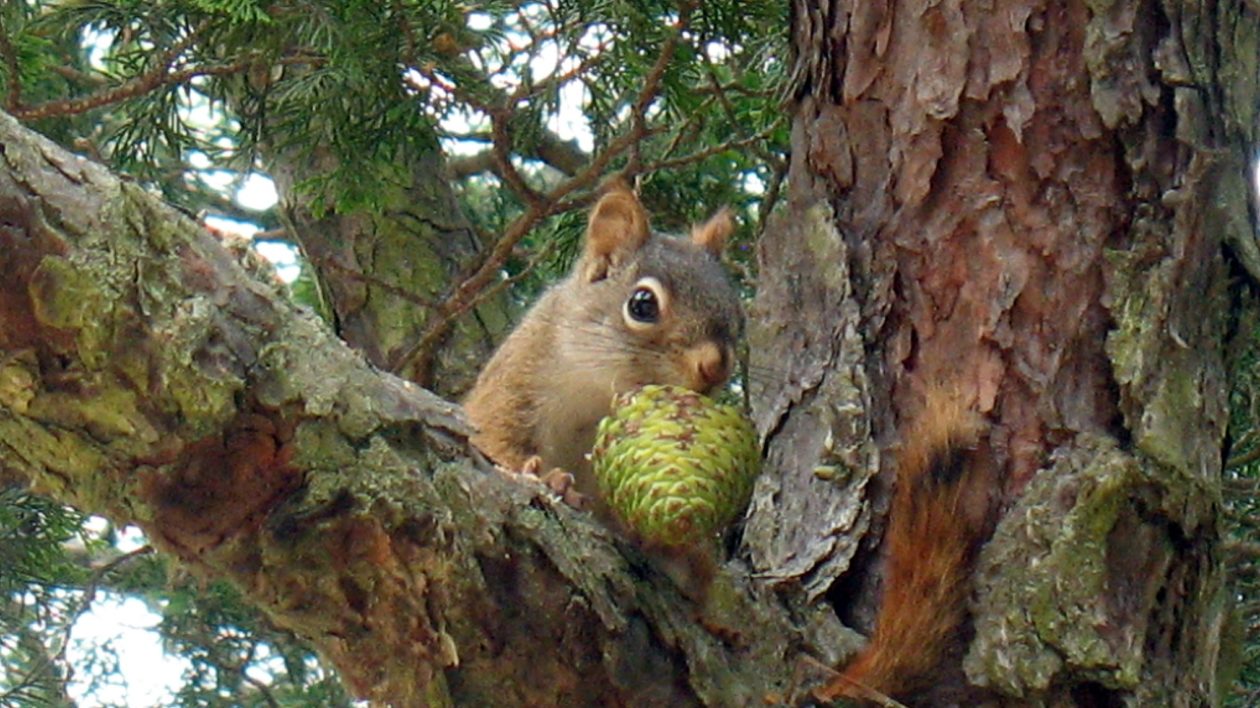
Siracusa, then a graduate student at the University of Guelph in southern Ontario, already knew from her previous work that red squirrels with familiar neighbors spent less time angrily defending their middens. But did that time saved in not fending off attacks result in any measurable benefit?
She thought the answer may well be yes. And after three years tracking red squirrels in the southwestern corner of Canada’s Yukon Province while also analyzing another 19 years of rigorous data from the same squirrel population, her hypothesis held up.
Red squirrels – despite their apparent disdain for all other red squirrels – actually increased their chances of survival in their final years if they knew their neighbors, she recently published in the journal Current Biology.
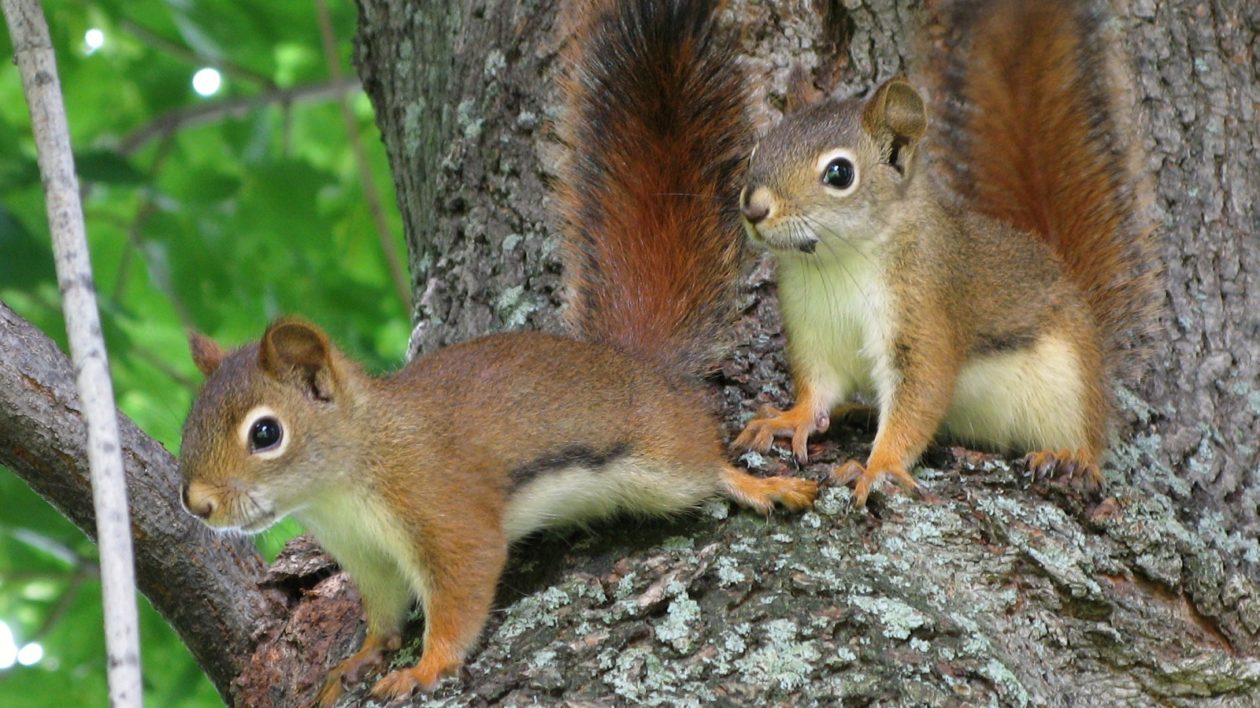
“When we think about ‘stable social relationships’, we often think about close social bonds like ‘friendships’ but there are also many stable relationships that are more socially distant and competitive, like rival songbirds or squirrels on neighboring territories,” explains Gerald Carter, an assistant professor at Ohio State University’s Department of Evolution, Ecology and Organismal Biology (who was not involved in this research).
“Similarly, when we think about cooperation, we often think about cooperation with ‘friends’ but there’s also many subtle forms of cooperation that exist between familiar rivals,” Carter continues. “For example, you are better off having a familiar rival than an unfamiliar one, because you both can work out ways to minimize harming each other, which is known as the ‘dear enemy effect.’”
Basically, when you’re a red squirrel, better the devil you know than the devil you don’t.
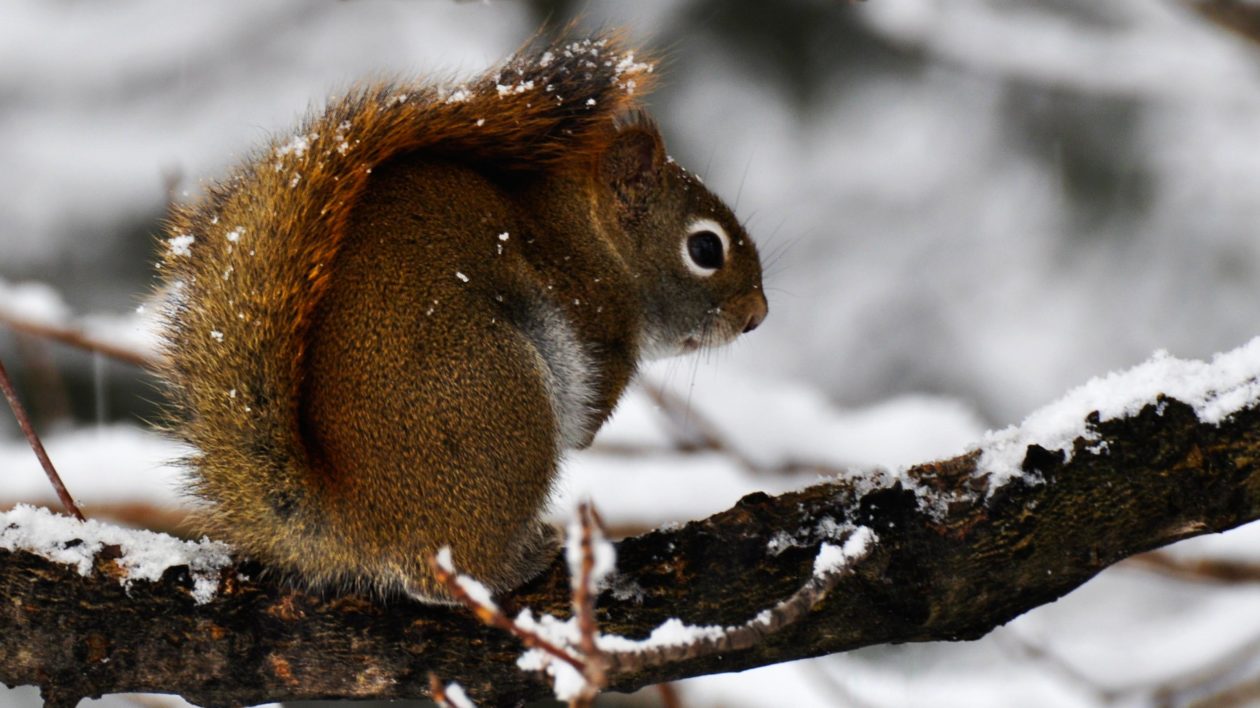
A Trove of Squirrel Data
Siracusa’s study uses 22 years’ worth of data on thousands of squirrels captured on Champagne and Aishihik First Nations land in the Yukon. The Kluane Red Squirrel Project started in 1987 and continues today with Canadian and U.S. researchers.
While more than three decades of research on a population of squirrels in a hard-to-reach spot might seem odd, the project makes quite a bit of sense, Siracusa says.
“Red squirrels provide an ideal model system to ask all kinds of questions about ecology and the questions I’m interested in for social relationships and fitness,” she says.
Practically, trees in the Yukon are shorter than locations farther south, making it easier for researchers to capture, tag and follow the squirrels. Red squirrel middens are easy to locate because they’re so large. The population is also about 30 miles from the nearest city or town, giving the least disturbed look at behavior.
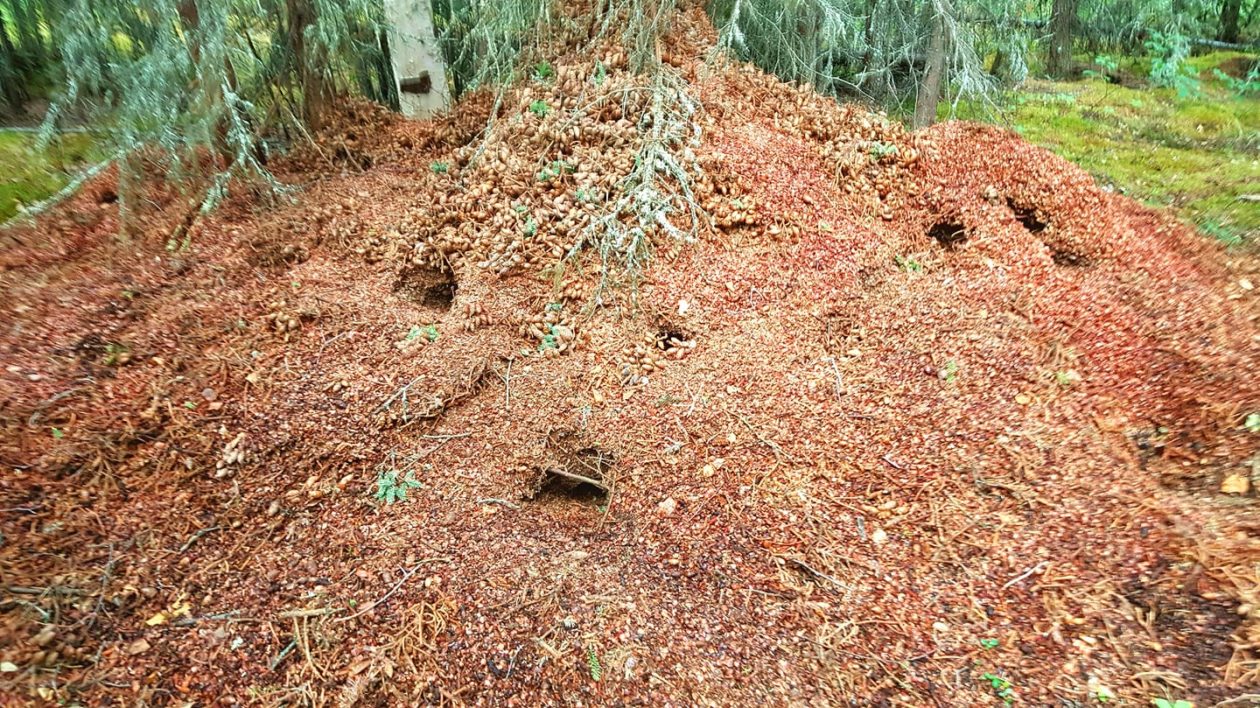
Midden (burrow) constructed by red squirrels in a spruce/birch forest, Kenai National Wildlife Refuge, Alaska © Beeblebrox / Wikimedia Commons
Each spring, researchers trap squirrels to verify certain ones still own their territory and note reproductive status. If a female is close to birth, researchers place a radio collar on her neck to track her to her nest. The scientists then crawl up to the creatures’ nests, count the number of babies, affix each with numeric and colored ear tags and take DNA samples to determine the father.
The process continues each year between May and August. “Because we do this, we can create a special map of who lives where. We know Bob lives here and Sally, Joe and Jane are Bob’s neighbors,” she says.
Researchers also recorded information about squirrel vocalizations – often referred to as rattles – to determine how squirrels changed the way they defended their territory depending on their neighbors.
Each squirrel neighborhood is about 130 square meters – roughly the furthest distance that rattles can carry.
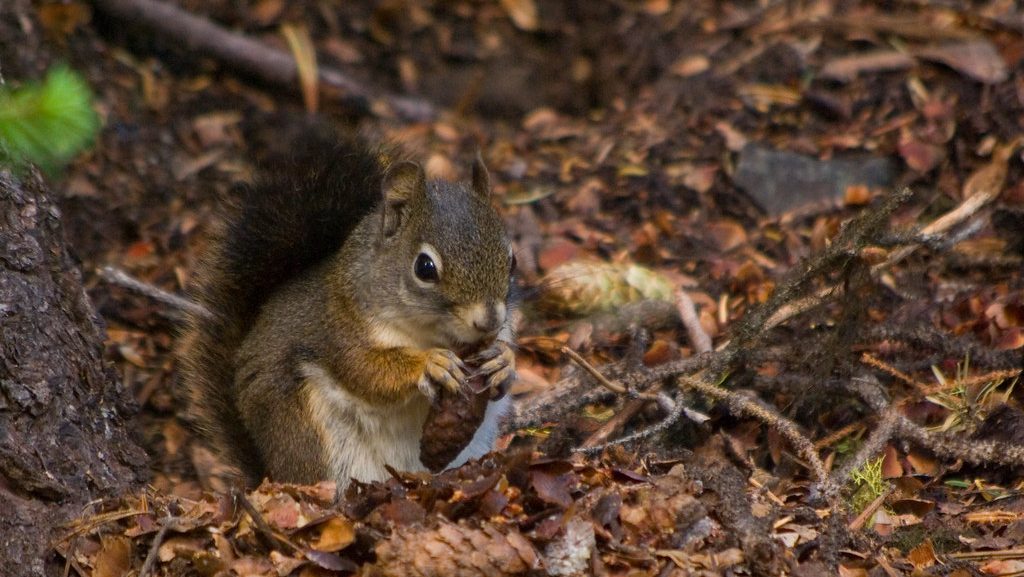
Less Time Yelling
Armed with information from more than 1,000 individual squirrels, Siracusa and the paper’s co-authors determined that squirrels with the same neighbors rattled less.
But the effects to longevity were even more interesting.
The chance of survival for any creature tends to diminish as it ages. For squirrels, the effects of aging drops annual survival for a 4-year-old from 68 to 59 percent. If that squirrel knows all its neighbors, its chances of survival actually increase to 74 percent from age 4 to age 5.
In effect, while the average lifespan of a red squirrel is 4 years old, maintaining neighbors may well help them live longer, Siracusa found. They also can sire almost twice as many pups.
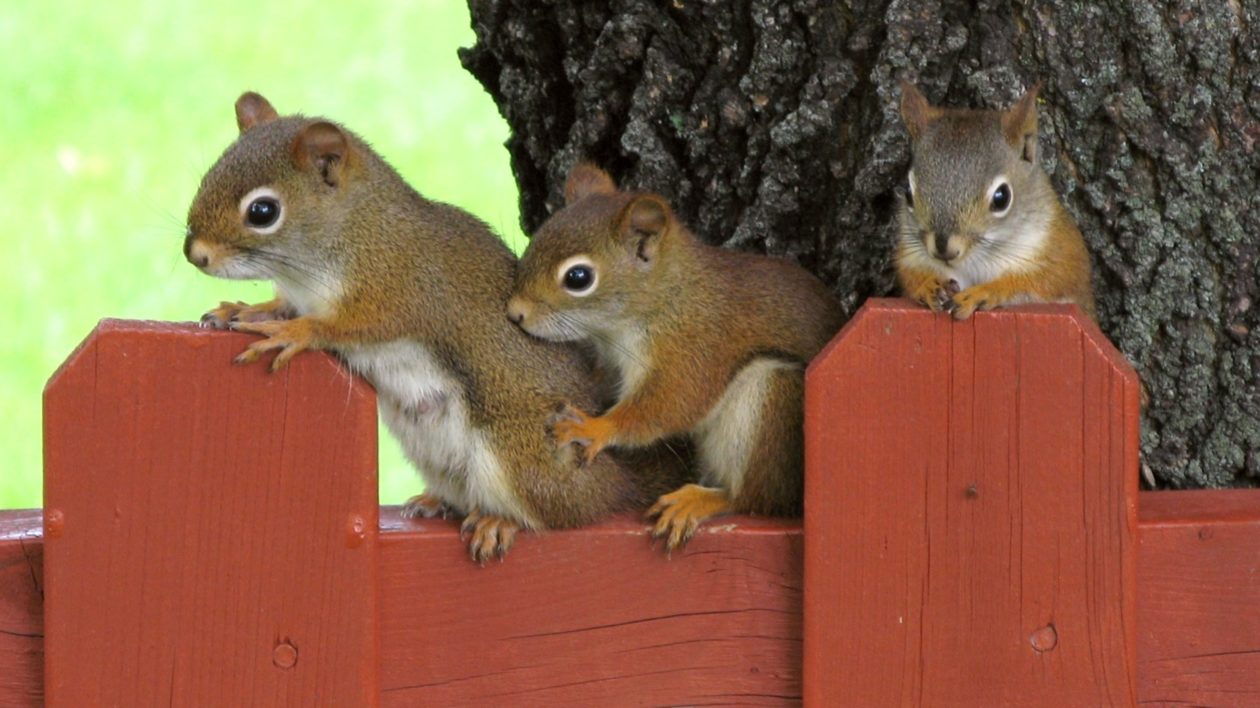
But the effects, surprisingly, weren’t tied to squirrels related to one another. Kinship made little difference in the longevity of a squirrel’s life, researchers found. The benefits were all based on consistency and familiarity.
Researchers can’t say for sure why having the same neighbors year after year provides these benefits, especially when neighbors aren’t necessarily helping accomplish anything. One theory is that health benefits are likely a product of less time spent yelling at intruders and more time spent collecting food, resting, and mating. More food matters everywhere, but especially in a place known for harsh winters.
The information isn’t critical for red squirrel conservation – North American red squirrels are considered a species of least concern – but it could have implications in the conservation of other species that humans generally consider “anti-social.”
“Some scientists might be skeptical of squirrels having social relationships,” says Siracusa, who is now working on her post-doctorate research on macaques at the University of Eketer in the U.K. “They reserve the term social relationship for friendships.”
Siracusa argues, however, that “relationships can form between any individual with an interaction with each other, even though squirrels don’t physically interact.”
It’s a point, she says, that seems particularly fitting for humans right now.
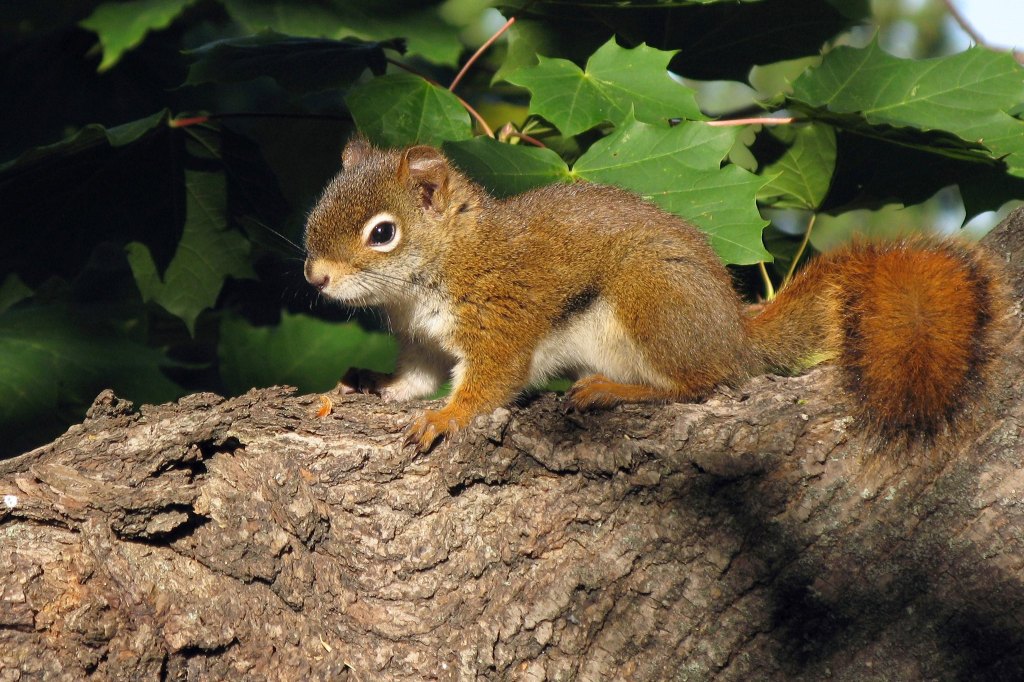



My friend almost cried at the squirrel pictures (he’s autistic)